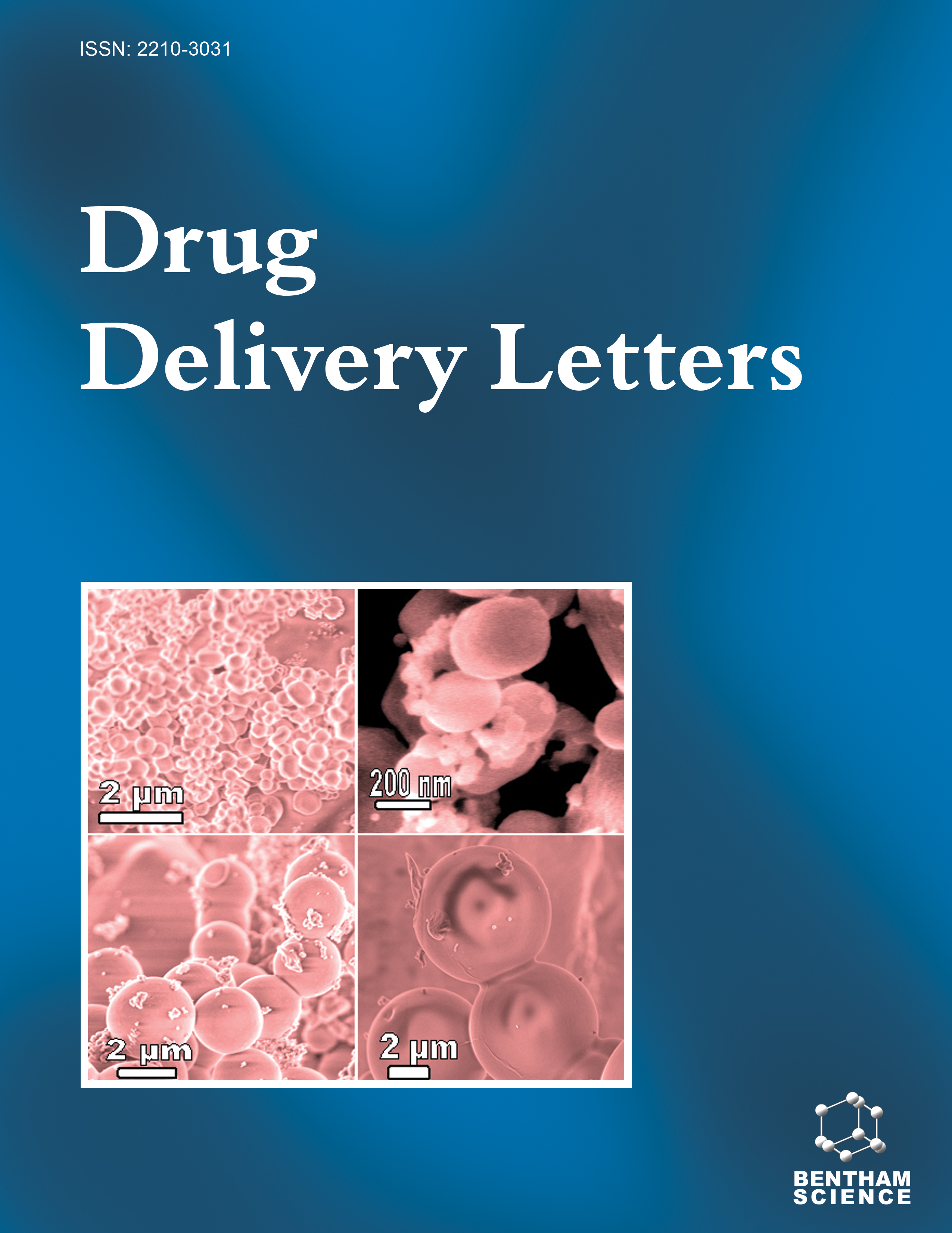
Full text loading...
We use cookies to track usage and preferences.I Understand

The most prevalent type of dementia, Alzheimer's disease (AD), is typified by the presence of intracellular tau protein neurofibrillary tangles and extracellular amyloid plaques. There are currently about 50 million people who have dementia, and by 2030, that number is predicted to rise to 75 million, placing a significant financial strain on the nation's healthcare system. Novel disease-modifying treatments are desperately needed to combat this illness, given the consequences on patients' quality of life and the mounting financial strain. There are currently no disease-modifying medications available; instead, the majority of available therapies are symptomatic ones such as cholinesterase inhibitors and N-methyl-D-aspartate receptor blockers. The primary focus of therapeutic research against AD has shifted to tau-targeting strategies following multiple unsuccessful attempts to create medications against amyloidopathy. This article first provides an introduction to tauopathy in AD before summarizing current research on the creation of tau-oriented multi-target directed ligands and small compounds as therapies that target tau alteration, aggregation, and degradation. The overall goal of this work is to present a thorough and critical review of small compounds that are being investigated as potential treatment candidates for AD tauopathy.

Article metrics loading...

Full text loading...
References


Data & Media loading...